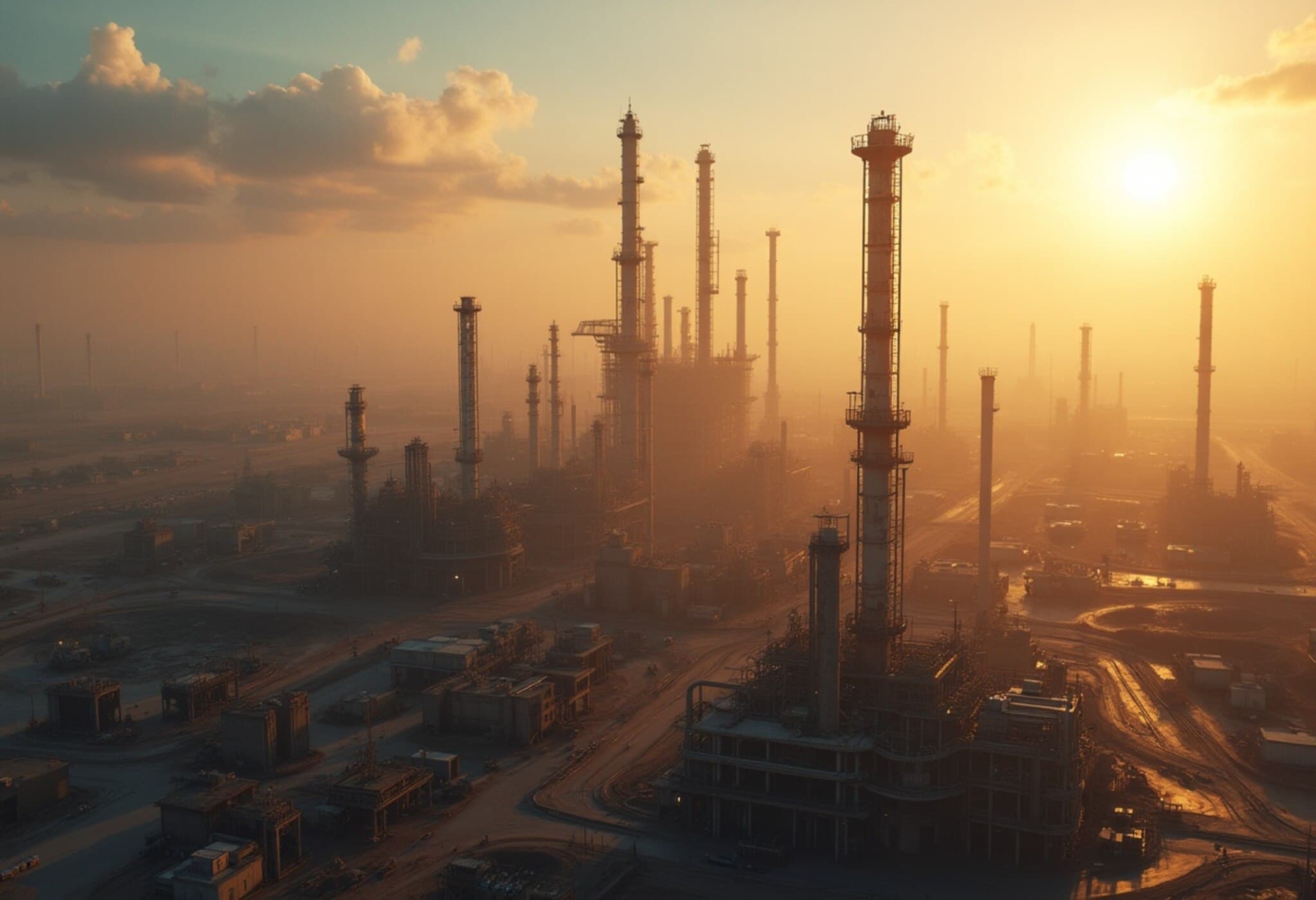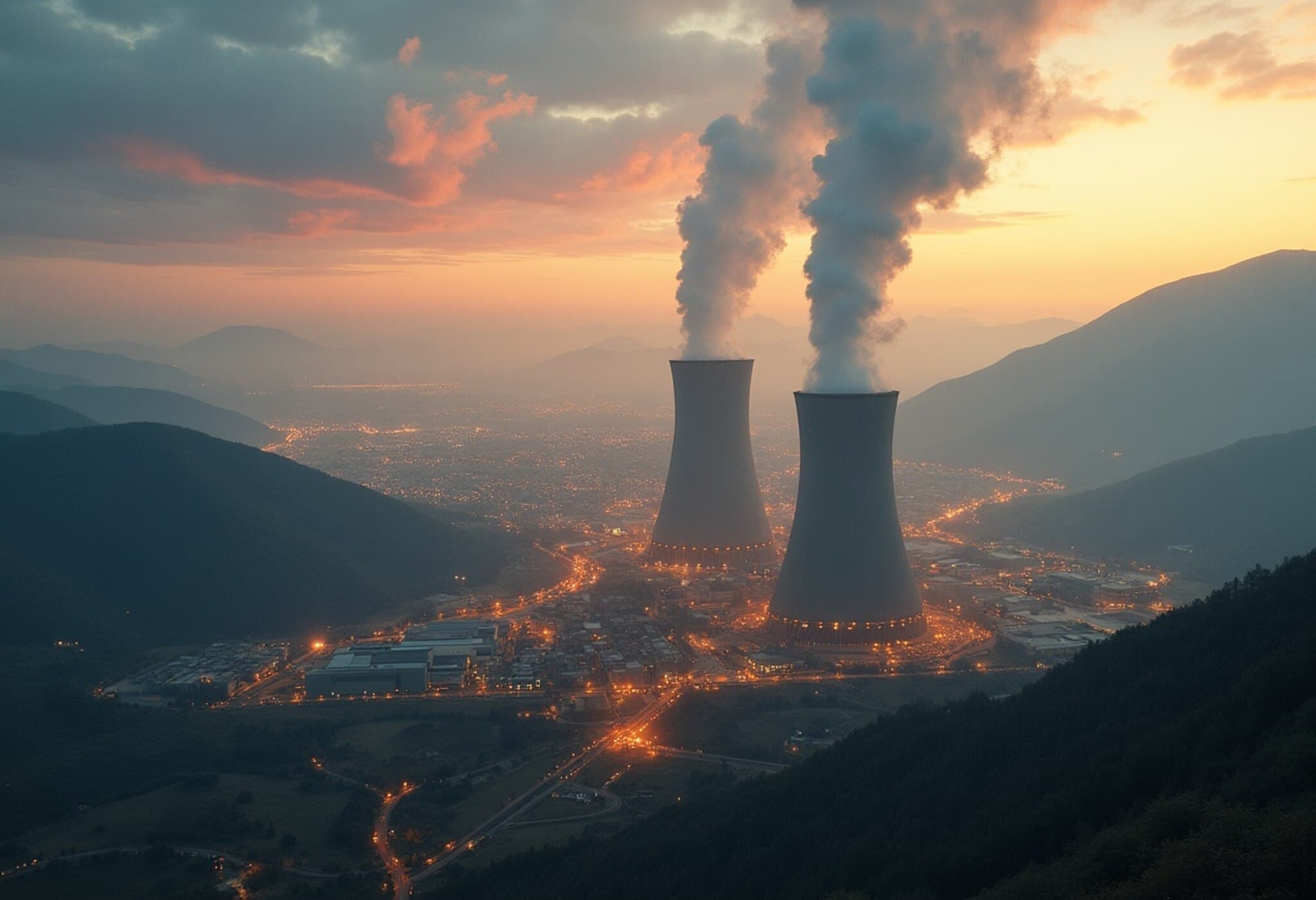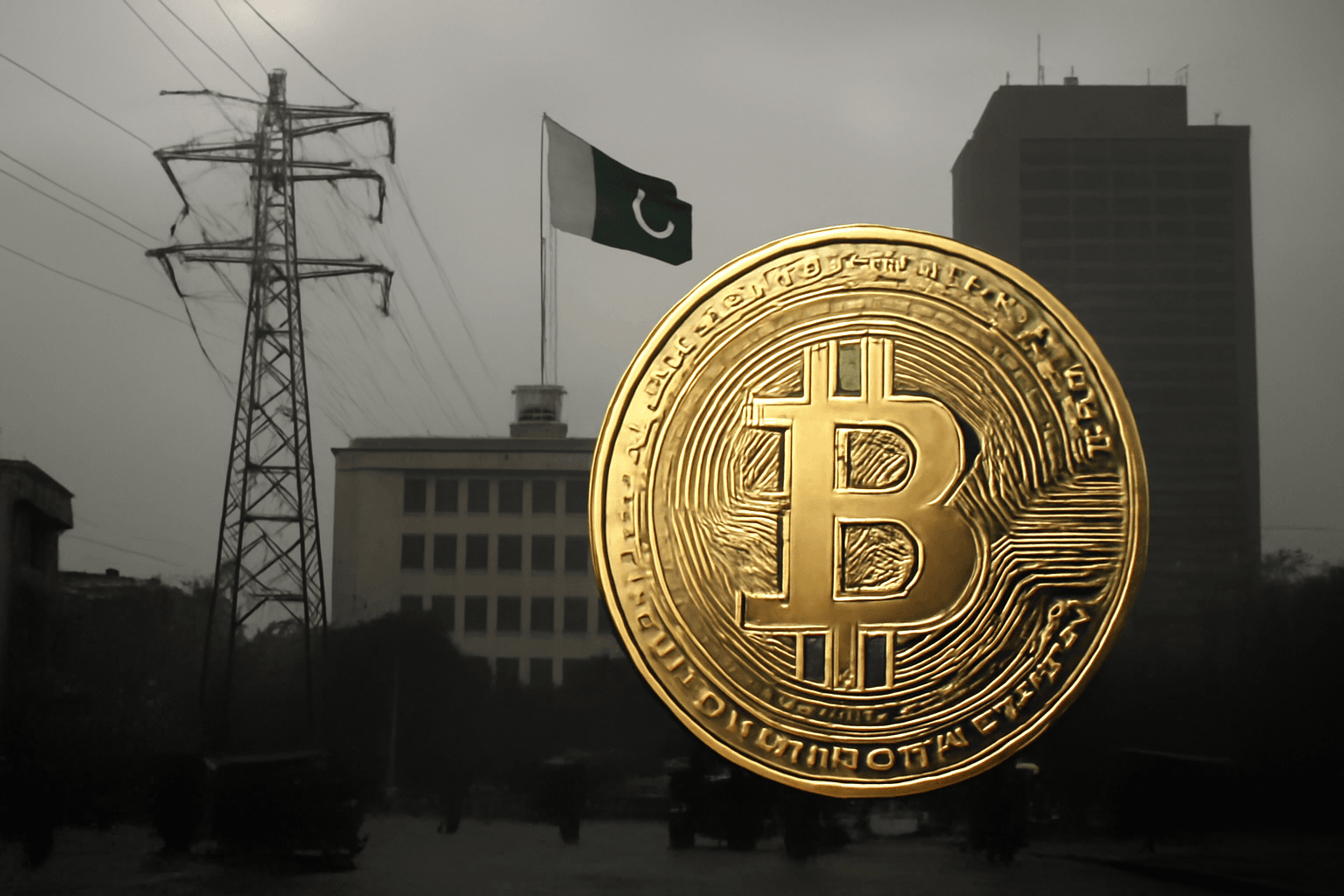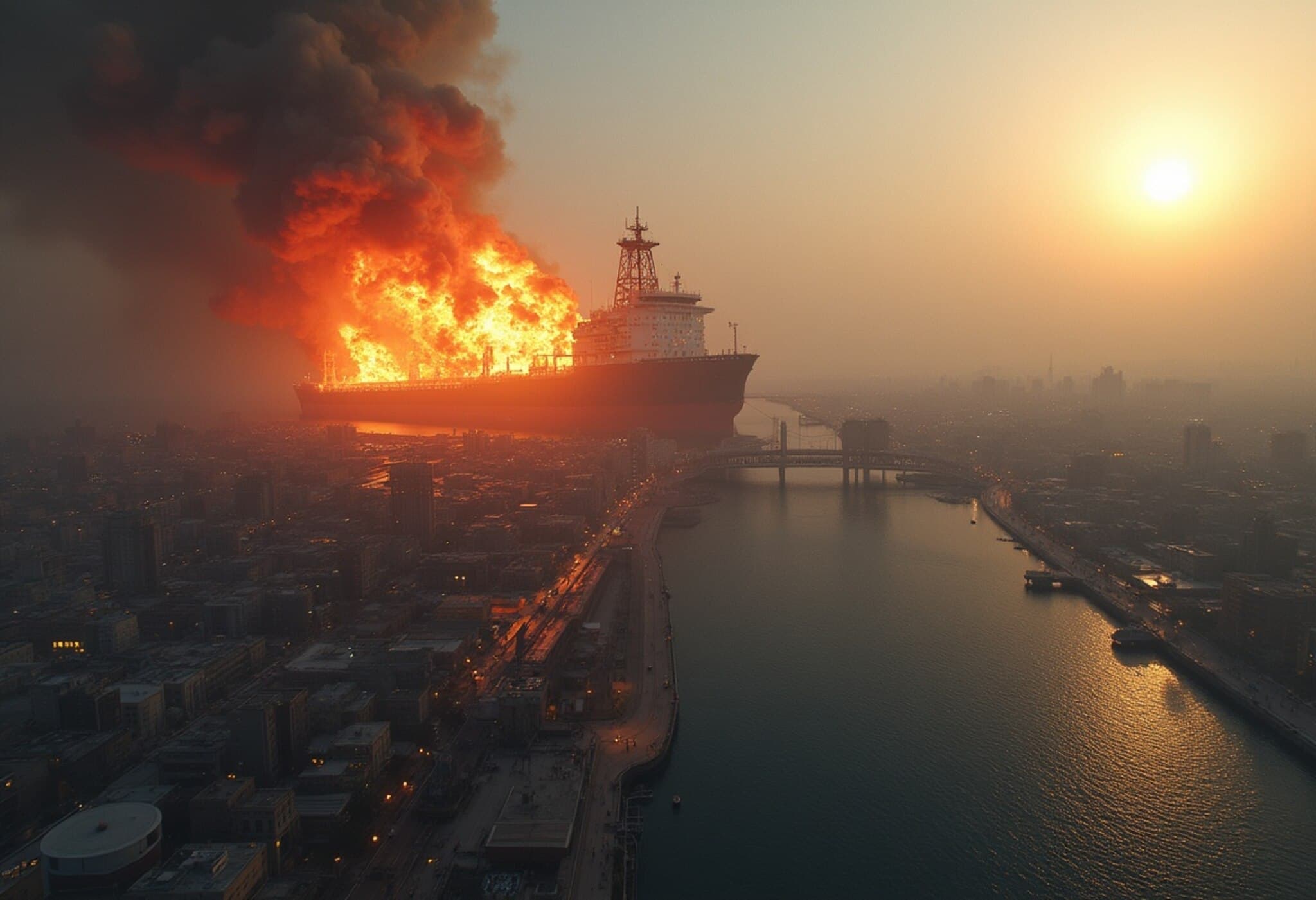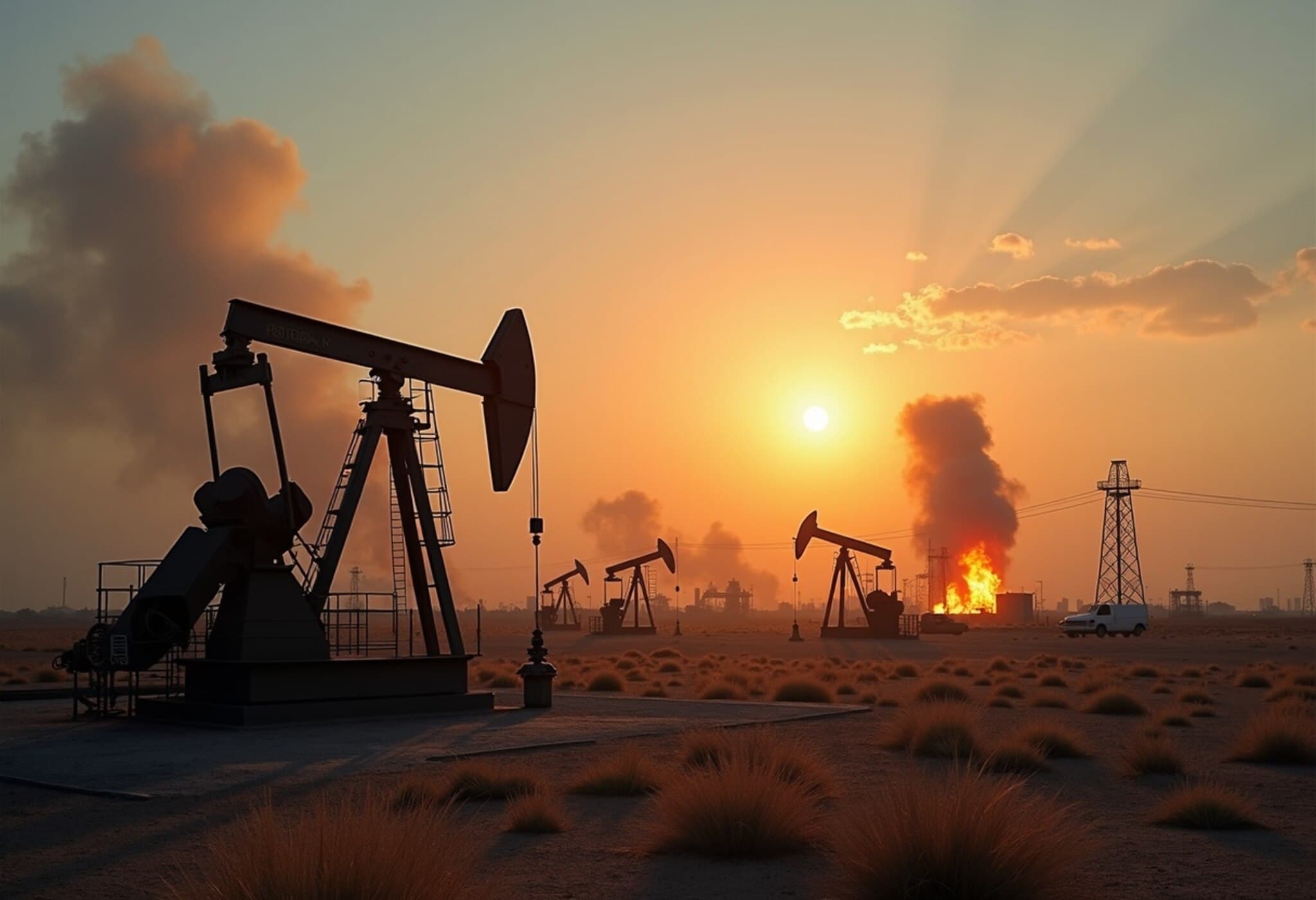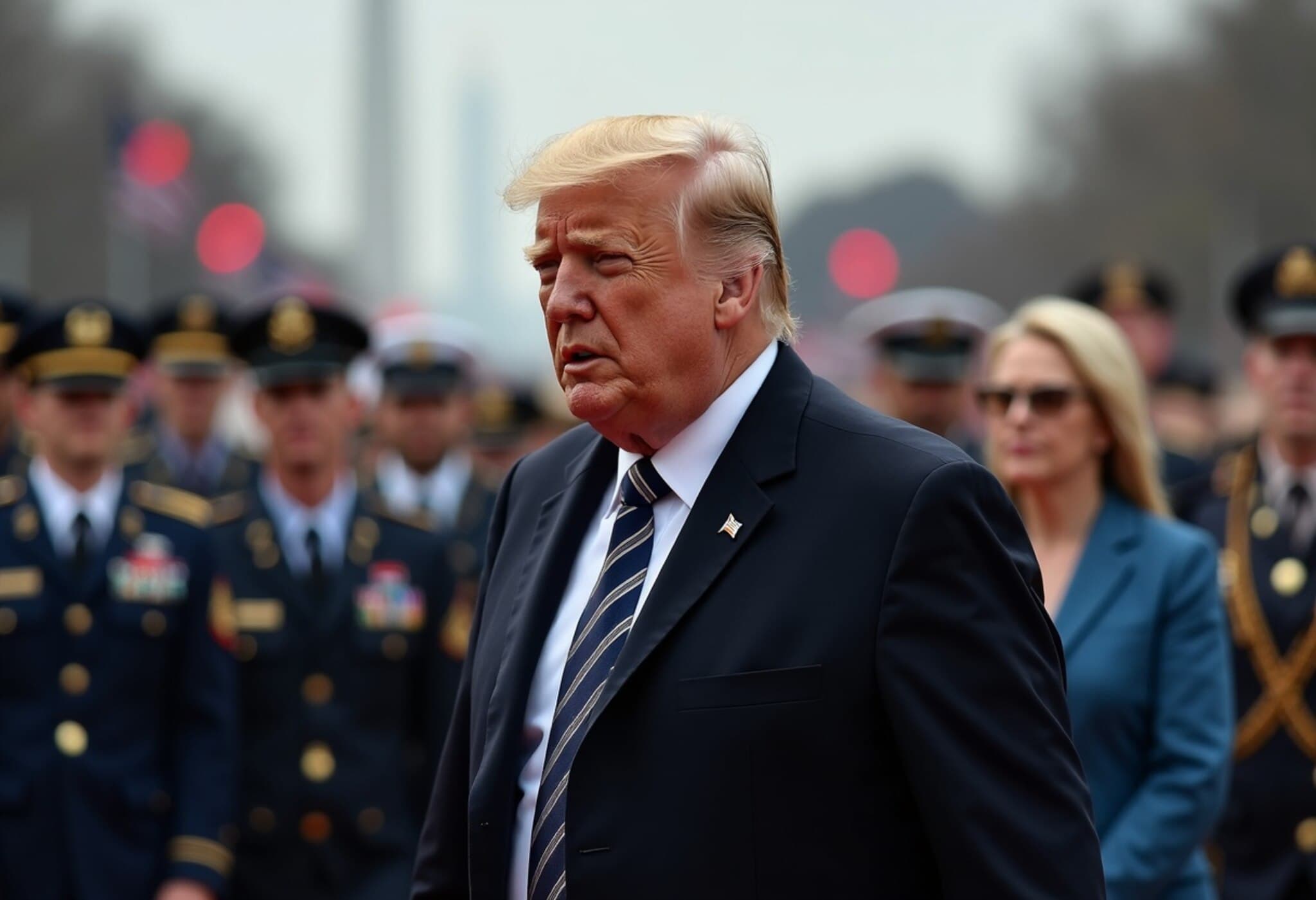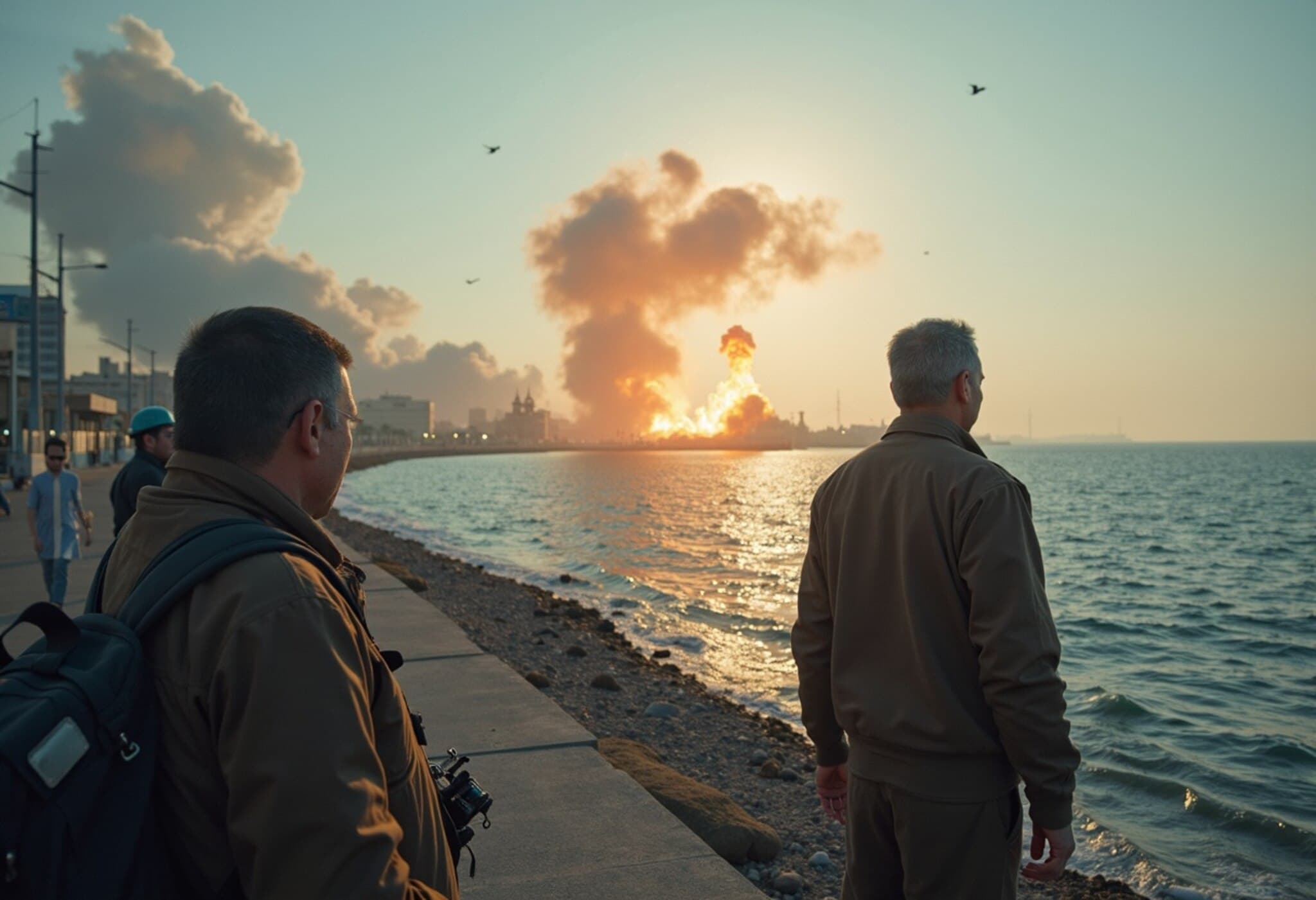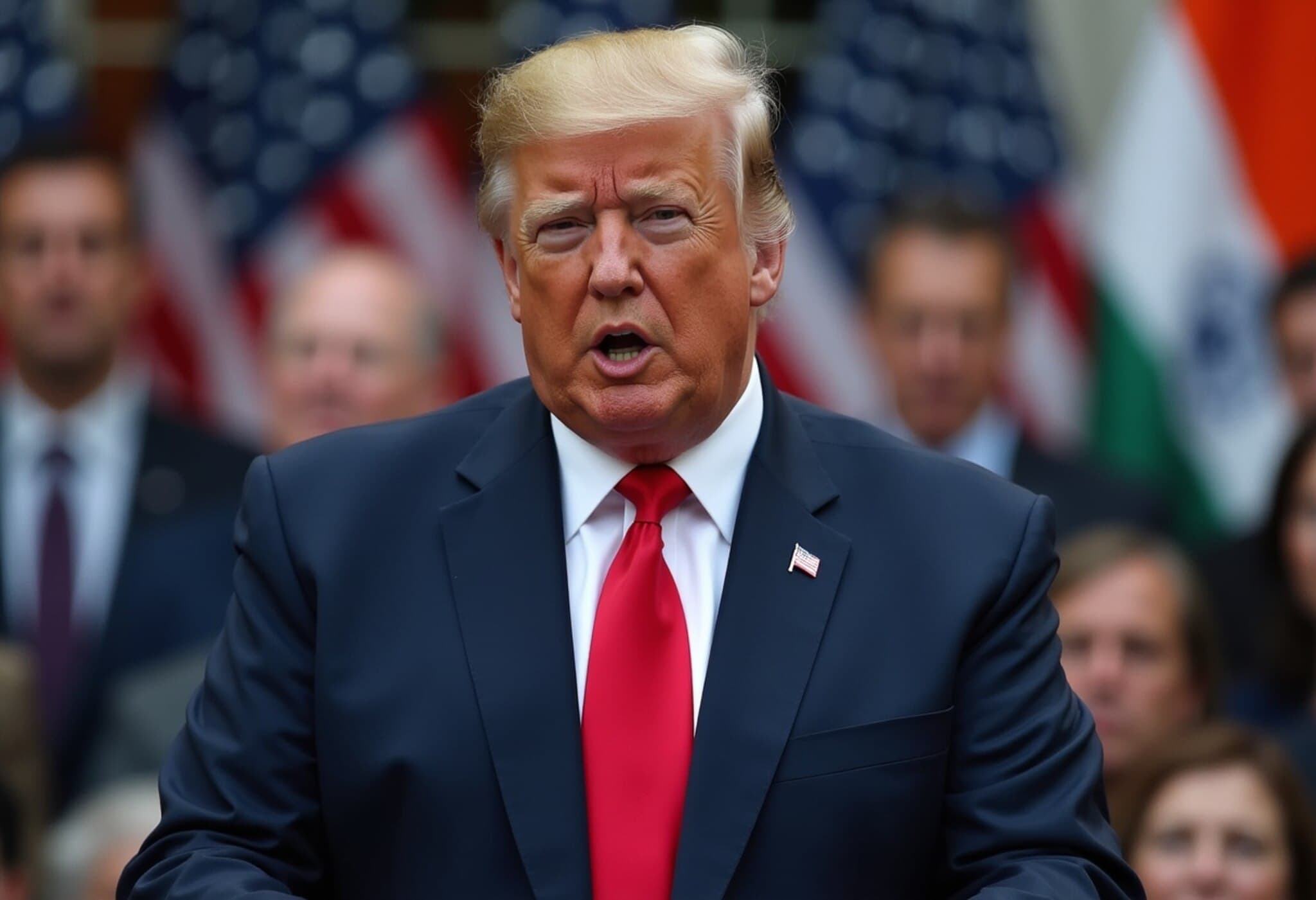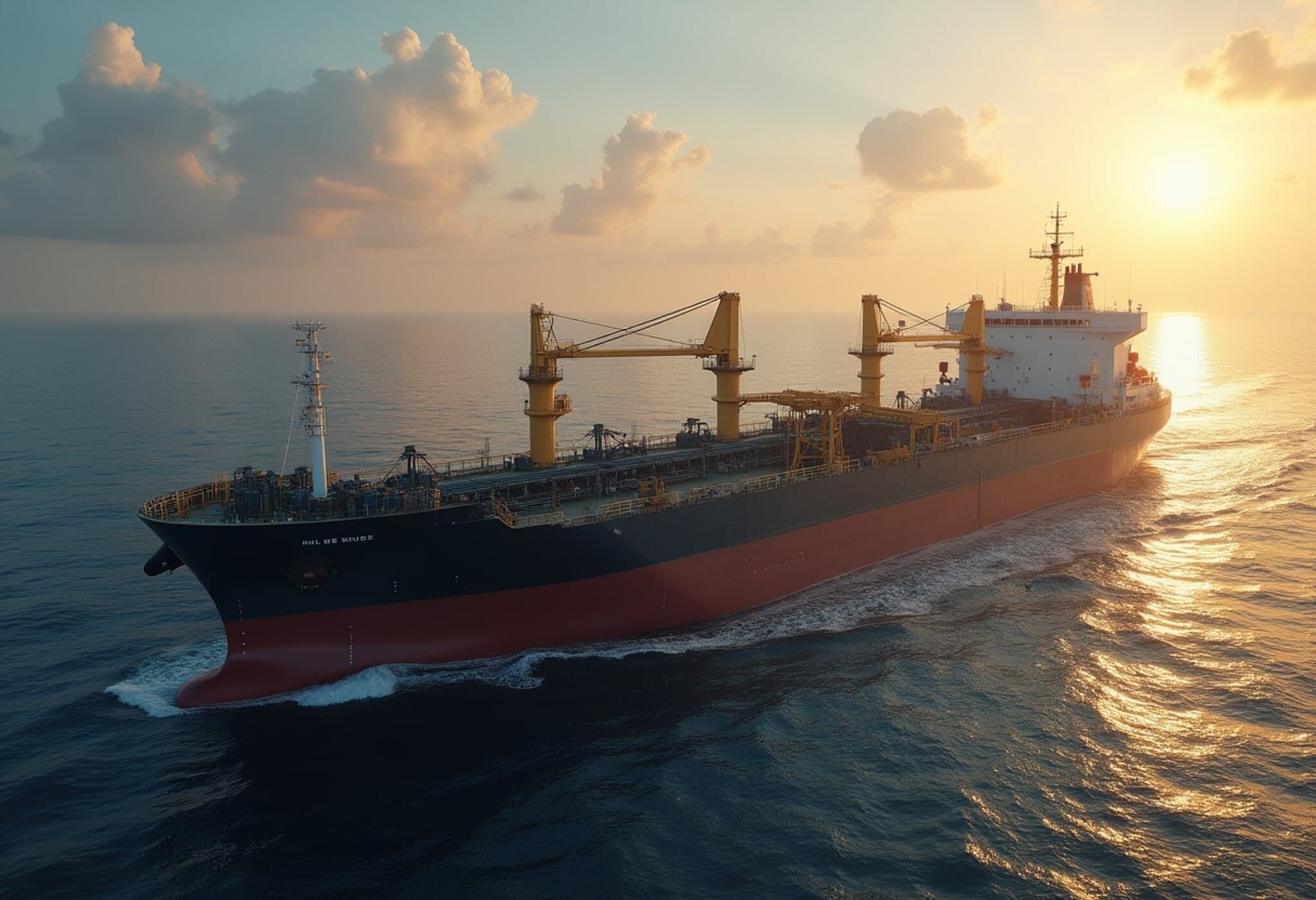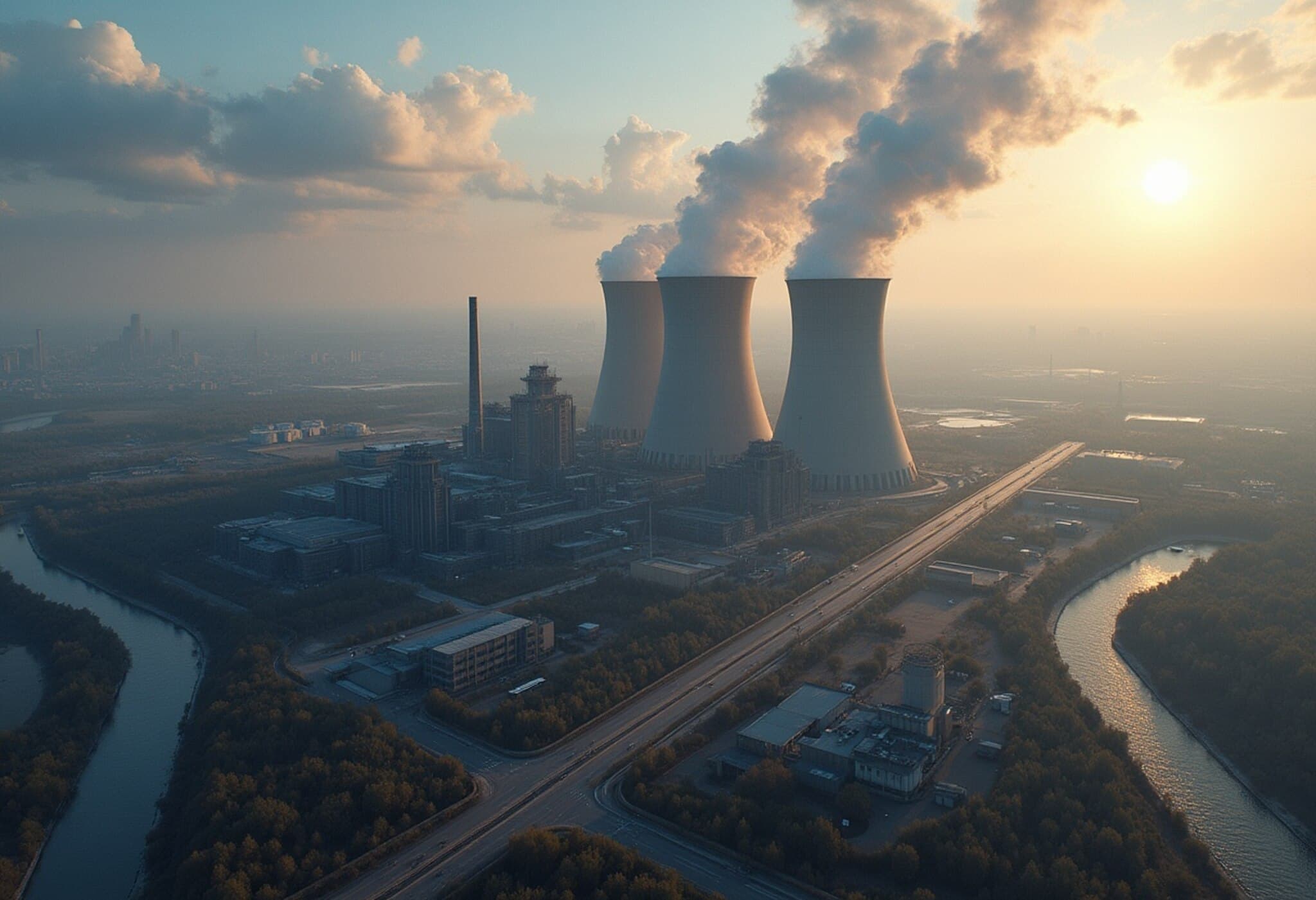Iran's Oil Sector Defies Sanctions, Reaches Unprecedented Heights
Despite longstanding international sanctions, Iran's oil and energy industries are witnessing remarkable growth, challenging the effectiveness of punitive measures that have tried to curb the nation's energy exports.
Sanctions: More Paper Than Practice?
Recent analyses suggest that sanctions targeting Iran’s oil sector have increasingly become symbolic rather than impactful. While the US continues to impose restrictions—such as recent sanctions on Iranian oil smuggling operations and Hezbollah-linked financial entities—the country's oil production and export volumes have surged. Global experts remain divided on whether sanctions achieve their intended outcomes, with some highlighting their unpredictability and occasional counterproductive effects.
Record-Setting Production and Revenues
Iran’s oil output peaked at levels not seen in over 46 years during 2024 and shows signs of further growth in 2025. Energy export revenues skyrocketed to a 12-year high of $78 billion in 2024, a sharp increase from just $18 billion in 2020. This trajectory underscores Tehran’s ability to circumvent sanctions and thrive economically despite restrictions.
Strategic Maneuvers Behind Iran’s Resilience
The country’s continued success stems from a combination of strategic factors:
- Diversification: Beyond crude oil, Iran has enhanced production and exports of condensates and natural gas liquids like ethane, butane, and propane, generating substantial foreign currency inflows.
- Vast Gas Reserves: Iran possesses the world’s second-largest natural gas reserves and ranks as the third-largest producer globally. The South Pars gas field—shared with Qatar and representing about 66% of Iran’s gas production—plays a crucial role in sustaining this output.
- Domestic Infrastructure: The Islamic Revolutionary Guards Corps has been instrumental in developing internal facilities that process and export energy products, minimizing reliance on foreign partners.
- Robust Partnerships: China has emerged as the principal buyer, accounting for around 90% of Iran’s oil exports. Their collaboration involves complex supply chains and non-dollar payment mechanisms designed to evade sanctions.
China's Pivotal Role in Sustaining Iranian Oil Exports
Although official Chinese customs data have claimed no Iranian oil imports since 2022, independent ship tracking reports paint a different picture. In fact, China’s imports of Iranian crude nearly doubled between 2022 and 2024, reaching nearly 17.8 million barrels per day. This suggests a sophisticated, sanctions-resistant network involving discreet shipping, transshipment, and payment in yuan, effectively bypassing US dollar-based restrictions.
Geopolitical Strains Fail to Stall Output
Even amid heightened tensions in the Middle East, including conflicts involving Israel and Iran, Iran’s oil production remains resilient. Facilities damaged during unrest have been rapidly repaired, while measures to prevent energy market escalations have helped stabilize supply chains. This durability reinforces Iran’s position as a formidable player in global energy markets despite diplomatic pressures.
Conclusion
Iran’s booming oil industry underscores the limitations of sanctions as a policy tool in the energy sector. Through innovation, strategic alliances, and robust domestic capabilities, Tehran continues to maintain a steady flow of oil revenues, challenging Western efforts to isolate its economy and reshaping the landscape of global energy politics.

